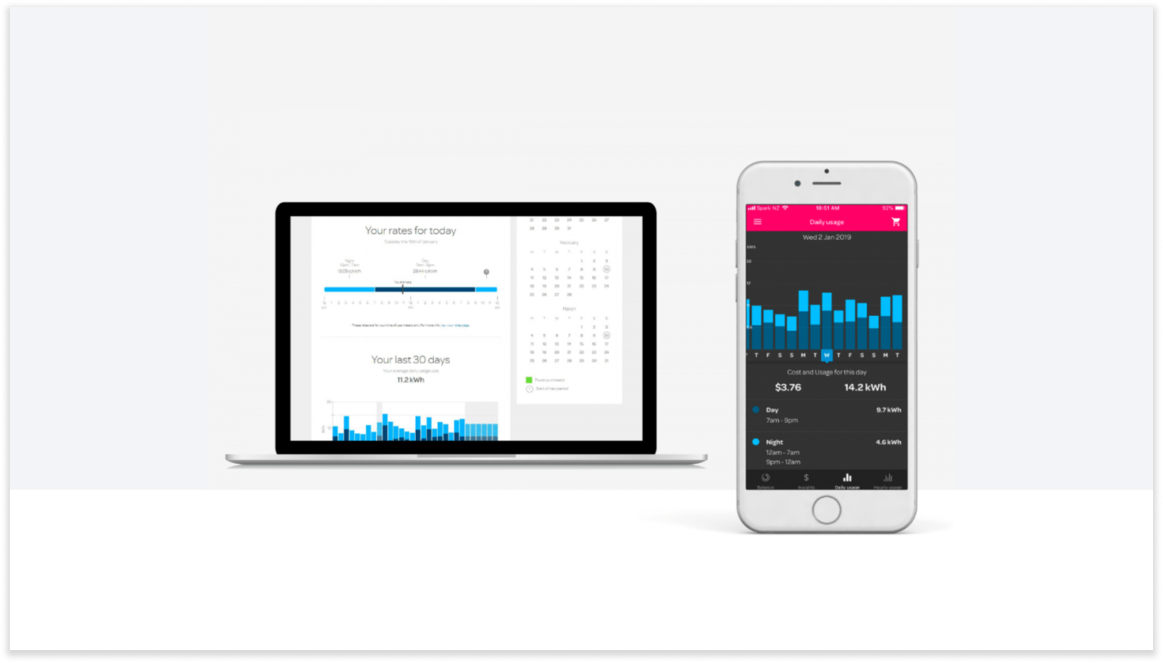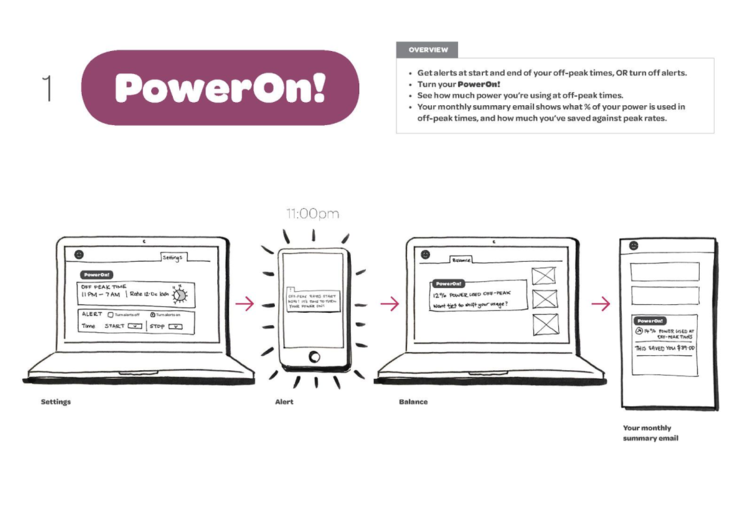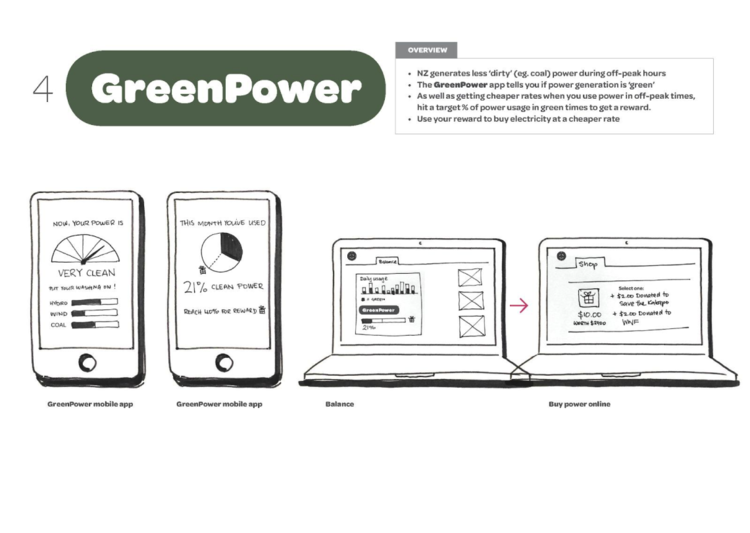The Opportunity
In New Zealand, some electricity grid operators introduced a peak vs. off-peak pricing model to help ease demand during peak hours.
Powershop NZ saw this as an opportunity to launch a new retail electricity product that would encourage customers to shift their electricity usage to off-peak times. Our team was tasked with designing a solution that would make this concept appealing and easy to adopt.
My Role
As the lead product designer, I worked closely with a senior member of Powershop NZ’s marketing design team to ensure we developed a solution that balanced business objectives with a great customer experience.
My responsibilities included:
- Conducting research with stakeholders and customers
- Leading UX and UI design
- Managing stakeholder engagement
- Providing production design support during implementation
Step One – Research
To understand the scope of the opportunity, we conducted:
- Stakeholder interviews with Powershop NZ staff to align on business goals
- Customer interviews in their homes to learn about their electricity usage habits
Step Two – Concept Development & Implementation
From our research, we generated ten different ideas for how Powershop could introduce peak vs. off-peak pricing.
- We created rough wireframe sketches to illustrate each idea.
- Key stakeholders reviewed the concepts and voted on the most promising options.
- This process narrowed the ideas down to three top contenders.
- We developed interactive prototypes and ran user testing sessions to determine the best solution.
The final product, named “Get Shifty,” was designed to make it easy for customers to adjust their electricity usage and benefit from off-peak rates. I then worked with the product delivery team to implement the solution.
Step Three – Ongoing Optimisation
A few months after launch, we conducted:
- User testing sessions with Powershop NZ customers to gather direct feedback
- Analytics analysis to track how customers’ electricity-buying habits had changed
These insights allowed us to refine and improve the product based on real-world usage.


